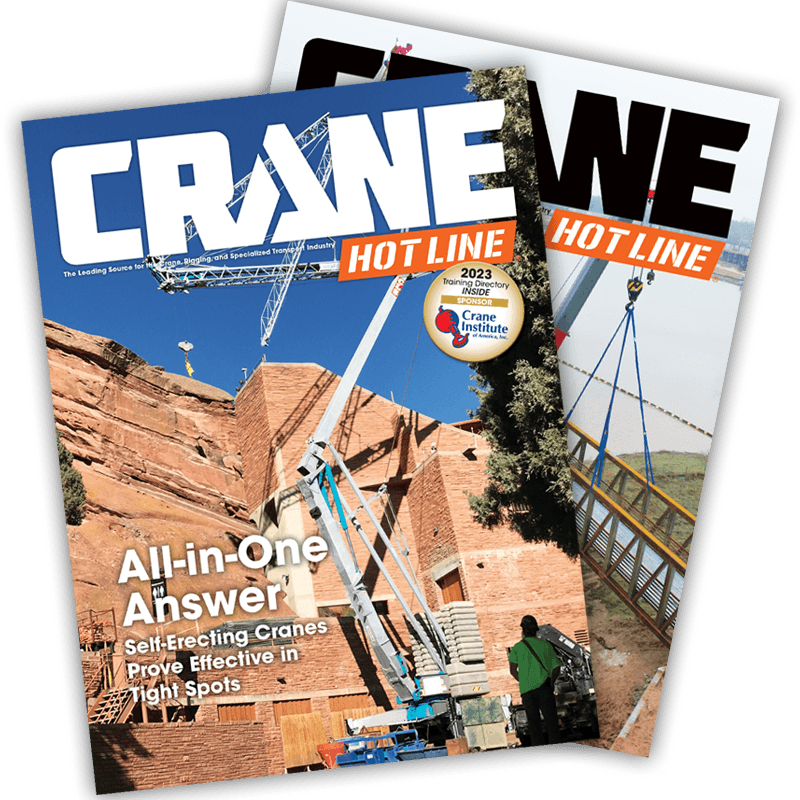A Super Reconstruction Effort
December 6, 2006 • On August 29, 2005, Hurricane Katrina made landfall, devastating the

Enlarge Image
This P&H 5150 150-ton lattice-boom crawler crane was crucial to the reconstruction of the Superdome suites.
Although the outside structure of the dome wasn't compromised, Doug Thornton, regional vice president of SMG, the company that operates the Superdome, said about 70% of the roof had failed. Water had damaged virtually every interior space, the playing field was soiled, and the seats were stained and ruined. There was three feet of standing water outside of the dome for weeks, and sewage had backed up, overflowing everywhere. The future of the Superdome and its football team, the New Orleans Saints, looked bleak.
But in October 2005, then-NFL commissioner Paul Tagliabue told officials to not only rebuild the stadium but to make it better. A few weeks later, the next presiding commissioner, Roger Goodell, told those same officials to have it ready by the start of the following football season, September 2006. The estimated cost for the project: $185 million.
This announcement, along with the allocation of emergency funds from several government sources, spurred things into action. The following 11 months featured a flurry of activity from local construction companies. A grand total of 35 subcontractors worked on the Superdome during the peak months of renovations, and 30 of those crews were based in

Enlarge Image
A total of 4,000 tons of trash and debris was removed from the dome.
Along with the materials used to repair the building, lifting equipment from a number of local rental fleets were on the job. New Orleans-based Stewart Interiors, specialists in drywall and metal framing, rented various machines for the project. According to Paul Stringer, superintendent of Stewart Interiors, the company rented about 10 19-foot scissor lifts and two 150-foot-tall JLG 150HAX articulating boom lifts.
Several of Stewart Interior's scissor lifts came from the
B&G Crane Service, LLC,

Enlarge Image
A 240-ton Liebherr LTM 1200-1 lifted the scoreboard into place.
According to Lee Bourgeois, operations manager for B&G Crane, all the heavy lifts were made in the blind with signals given by radio. “The operators would look up and all the lights would be in their eyes, so they couldn't see anything,” he said. “The radio operators would talk him in, telling him to boom up to a certain degree, and then swing over to the suites.”
On the exterior of the building, the roof also had to be replaced. Touted as the largest re-roofing project of its kind in the United States, Brazos Urethane, Inc., headquartered in
On September 25, the New Orleans Superdome held its first athletic event since August 2005. More than 68,000 people attended the game, experiencing both the reemergence of the Super Dome and the New Orleans Saints that night. Nothing dampened the spirits of the fans as they watched their team play at home for the first time in more than a year.

Enlarge Image
The New Orleans Saints were welcomed back home by a sold out crowd.
And as an end to the wonderful story of the rebuilt Superdome: The Saints won the ballgame 23-3.


